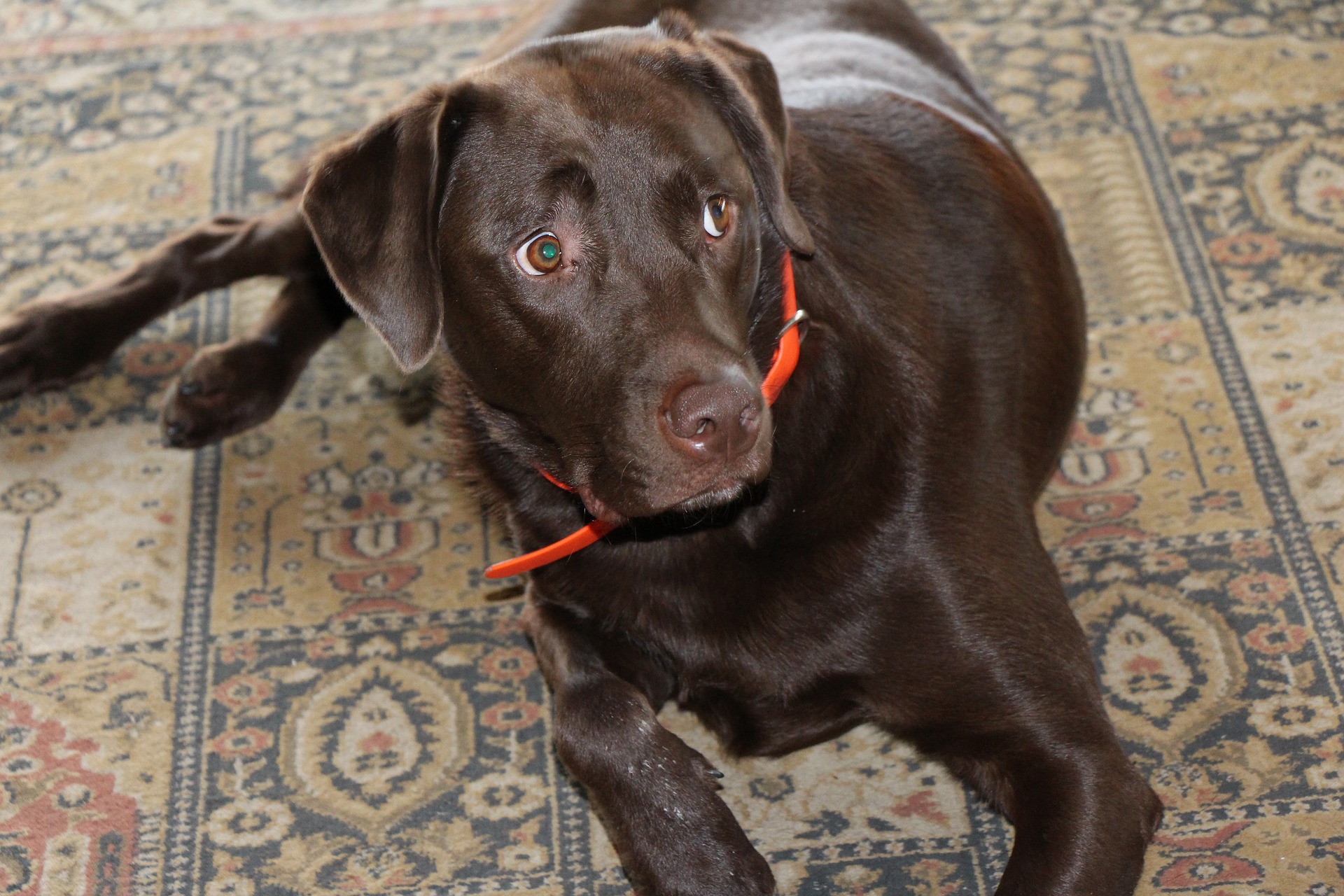After adopting a new dog, there will be an adjustment period as you both get used to your new life together. It’s likely your pup will be nervous, so look for signs of stress. These can include: running away; hiding; separation anxiety that manifests as destructive behavior, barking, or whining; digestive troubles or lack of appetite; and regression in potty training. Your love, patience, and understanding will help tremendously as you work on training and getting them accustomed to your home. In this early adjustment period, you need to take cues from them to gauge how you interact and progress with your socialization. Here are some ways you can help your new pup through this transition.
Make the New dog as Safe as Possible
Pup-proofing is as important as baby-proofing. Set up gates or start getting in the habit of closing doors to rooms that you want to keep off-limits. Hide or tape down electrical cords to prevent your dog chewing at them. Be sure to inspect your yard, especially if you want to let them out unsupervised–look for holes in or under fences, under the house, and for faulty gate latches. If you have gardens you want to keep your dog out of, consider fencing them or expect to work on training so they learn to stay out of these areas.
Make The New Dog as Comfortable as Possible
First, give them their own space–a crate or a corner with a bed and blankets that they can call their own and go to for comfort and peace. Your new dog also needs time, especially if they are a rescue or older dog with an unclear history. They are in a new environment with unfamiliar people, so it may take a while for them to calm down and be comfortable enough to interact closely with you and your family. Regardless of whether they want to be petted at first, spend lots of time with them. The first couple weeks in your home are a critical bonding period. Sit quietly in the same room with them, offering treats, until they become more comfortable. As they warm up to you, play and cuddle with your new dog. They need you as a loving constant in their new life.
On that note, provide a structured daily routine as quickly as possible. Be consistent in the times that your dog gets fed and is taken outside for walks and for the bathroom. Know what your boundaries will be (e.g. access to the couch but not the bed, sitting down instead of jumping up on people for attention, etc.) and make sure your entire family is on board and understands these rules.
If you are able to take time off from work, increase times of separation slowly to get your dog used to being apart. This decreases the likelihood that your dog develops separation anxiety. Begin with short separations, then work your way up from there. You can refer to our article on dealing with separation anxiety for more information.
As long as you provide a safe, loving environment, your pup will be able to adjust well to their new life. They will be an integral part of the family in no time!
Don’t forget, another integral part of bringing home a new dog is making sure they are properly trained. Can we help? Call Gulf Coast K9 Dog Training today.





